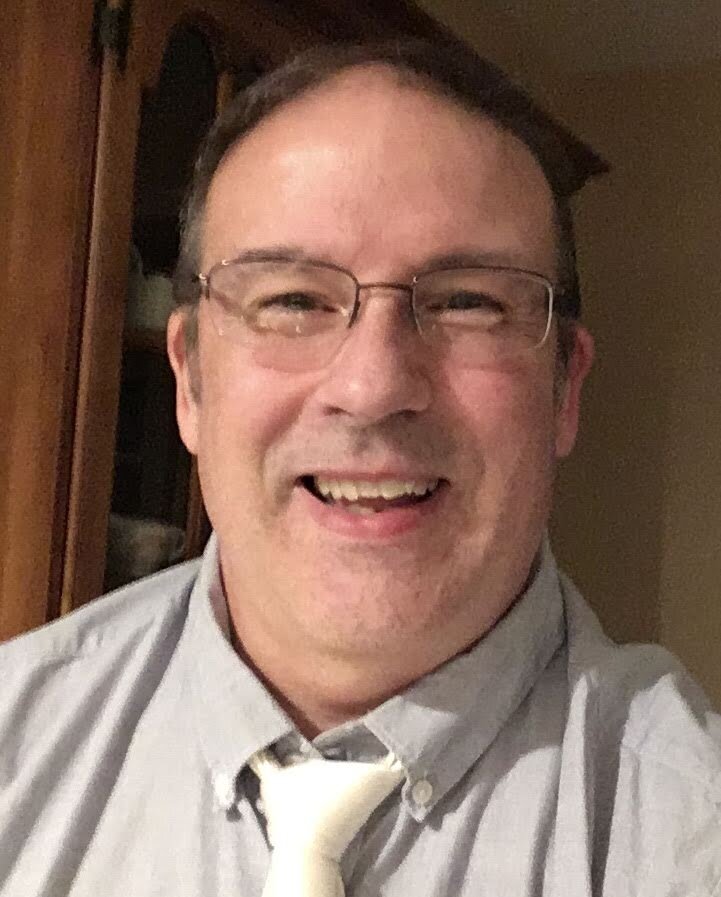Lush: CB radios can teach us something about driving change in Indiana
As a child of the 70s, I witnessed several fads and fashion crazes which quickly captured popular attention, and then faded off into history. While I was not a big fan of disco or leisure suits, I was very excited about the CB radio craze! CB (or Citizen Band) radios are communication devices that became popular because of their prominence in movies like Smokey and the Bandit and are still used by truck drivers today to communicate with each other. Back in the 70s, many people installed CB radios in their personal vehicles so that they could listen and communicate with each other over the open airwaves that were established by the Federal Communications Commission in the 40s. If I may make the comparison, this became one of the first open social media communication methods widely adopted and used by the public!
While it was an excellent way to listen/communicate with others, the CB radio was limited by the distance that separated the people who were trying to communicate. When trying to scan channels for people who were talking or listening, there was usually a lot of background noise. One dial on the radio (called the squelch dial), could be used to filter out some of that noise. However, it also limited the effectiveness of being able to hear faint replies that might be of interest. Using this dial appropriately was important, so you could hear what was important and filter out what you deemed to be unimportant.
Many in society have moved on to more modern communication means/methods, but two things remain true:
There is still a lot of background noise when using any of these new communication methods
Many of us attempt to “squelch” that noise in one way or another
It is important to limit interference when communicating so that your message is sent and received effectively. However, if we try to block/filter out too much noise as a receiver of information, it’s possible that we may miss something that could spark an idea, or that might open a new channel of communication with a sender that we had not previously heard or considered hearing.
As citizens of Indiana, we all live in communities that have needs – needs which could be met by new, innovative solutions from civic-minded groups like the Mitch Daniels Leadership Foundation! Those solutions start with the spark of an idea, but as individuals, we must be careful not to squelch thoughts or ideas that may come from a source that we wouldn’t typically include in our social or political circle.
For me, as a guy who is old enough to have played with CB radios in the ’70s, it means that I should be receptive to ideas about newer styles/forms of communications and social media platforms from those who are using the cutting-edge technologies of 2020. It also means that I should approach each collaborative opportunity with an open mind and a desire to find the best idea or solution for the situation – not the solution that fits best with my cultural experience or biases.
Ideas don’t normally present themselves in a fully developed fashion. One person may have the seed of an idea that they share in a brainstorming session that others can build upon to provide more context and clearer application/functionality! While the original idea may not stand on its own, the cumulative input of a group of people focused on solving a specific problem results in a contribution to the greater good! On the other hand, squelching that original idea results in a missed opportunity!
If you are as excited as I am to participate in the development of solutions that will benefit our state, I hope that you’ll pause, and consider ways to open yourself up to input from other eager participants! Together, we can make our State, and in turn, our Nation, a better place to live and work!
10-4, good buddies!
Mark Lush is an MBA graduate of the University of Indiana who holds certifications as a Project Management Professional (PMP) and an Advanced Certified ScrumMaster Professional (A-CSM). He is a veteran of the IT world, having served for 26 years in many different roles, and is focused on providing collaborative and consultative leadership to help make the world a better place to live, work and thrive. He lives in Evansville.

